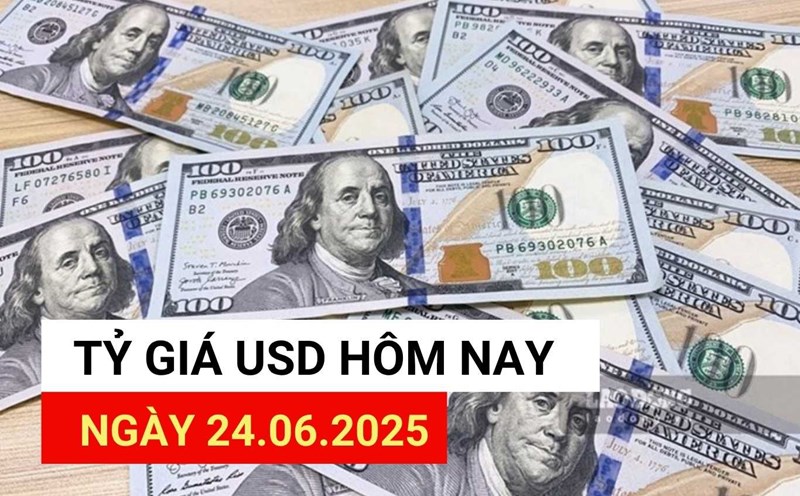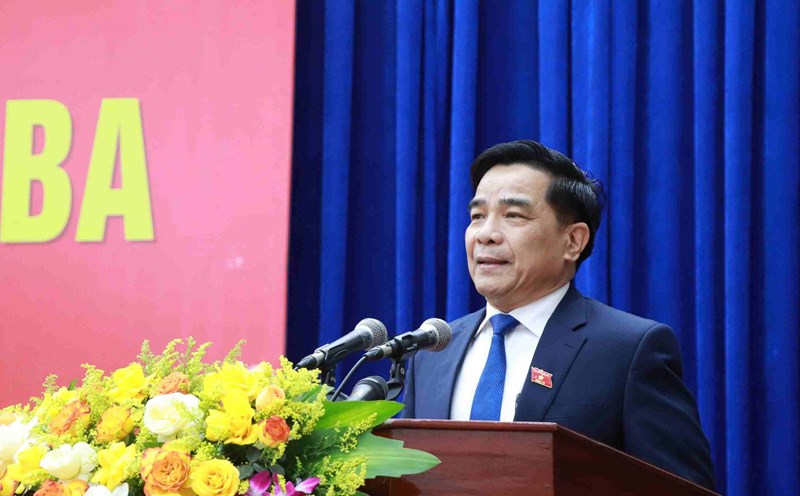The USD/VND exchange rate is in an upward trend. The 12:20 update on June 24 showed that a series of commercial banks have listed USD prices above VND 26,300.
Most major commercial banks such as Vietcombank, BIDV, VietinBank, ACB, MB, Sacombank, Techcombank... have all listed USD prices at VND 26, 310. Some banks with lower selling prices such as HSBC (26,309 VND), SCB (26,300 VND), SeaBank (26,279 VND) and OCB were the lowest selling units at 26,250 VND.
In the buying direction, the common price ranges between 25,950 - 26,000 VND. HSBC alone has the highest cash purchase price of up to VND26,087/USD, while NCB is the lowest buying bank (25,830 VND/USD).
In the free market, the USD price has also surpassed the 26,400 VND mark higher than the bank level, reflecting strong demand for foreign currencies from the informal sector.
The USD/VND exchange rate has increased from about VND 25,250/USD ( begun of 2025) to VND 26,175 at present - equivalent to an increase of about 3.7%, or above and below VND 920.
According to the strategic report of the Global Market and Economic Research Department, UOB Bank, if Vietnam does not reach a trade agreement with the US, the copper will likely remain at a weak price compared to the USD. UOB predicts that the copper will continue to fluctuate within a weak range until the end of the third quarter and may begin to recover from the fourth quarter of this year to the beginning of next year.
In the gold market, UOB assessed that safe-haven demand continues to be maintained. In addition, global central banks are steadily increasing their gold holdings, while the USD is expected to weaken and capital flows may return to US gold ETFs. These factors will positively support gold prices. UOB predicts that the precious metal could reach $3,600/ounce by early 2026.
The exchange rate exceeding VND 26,300/USD brings advantages to exporting enterprises, especially the group of agricultural products, textiles, footwear, etc. However, for enterprises importing input materials, equipment, and goods - especially in the manufacturing and trading sectors - costs will increase significantly.
Exchange rate differences can also increase financial cost pressure for businesses borrowing in USD, while posing an inflation risk if the uptrend persists for a long time.
On the policy side, the State Bank is continuing to flexibly use tools such as selling foreign currency to intervene, regulating open markets and using term contracts to support exchange rate stability, while limiting the impact on inflation and growth.








